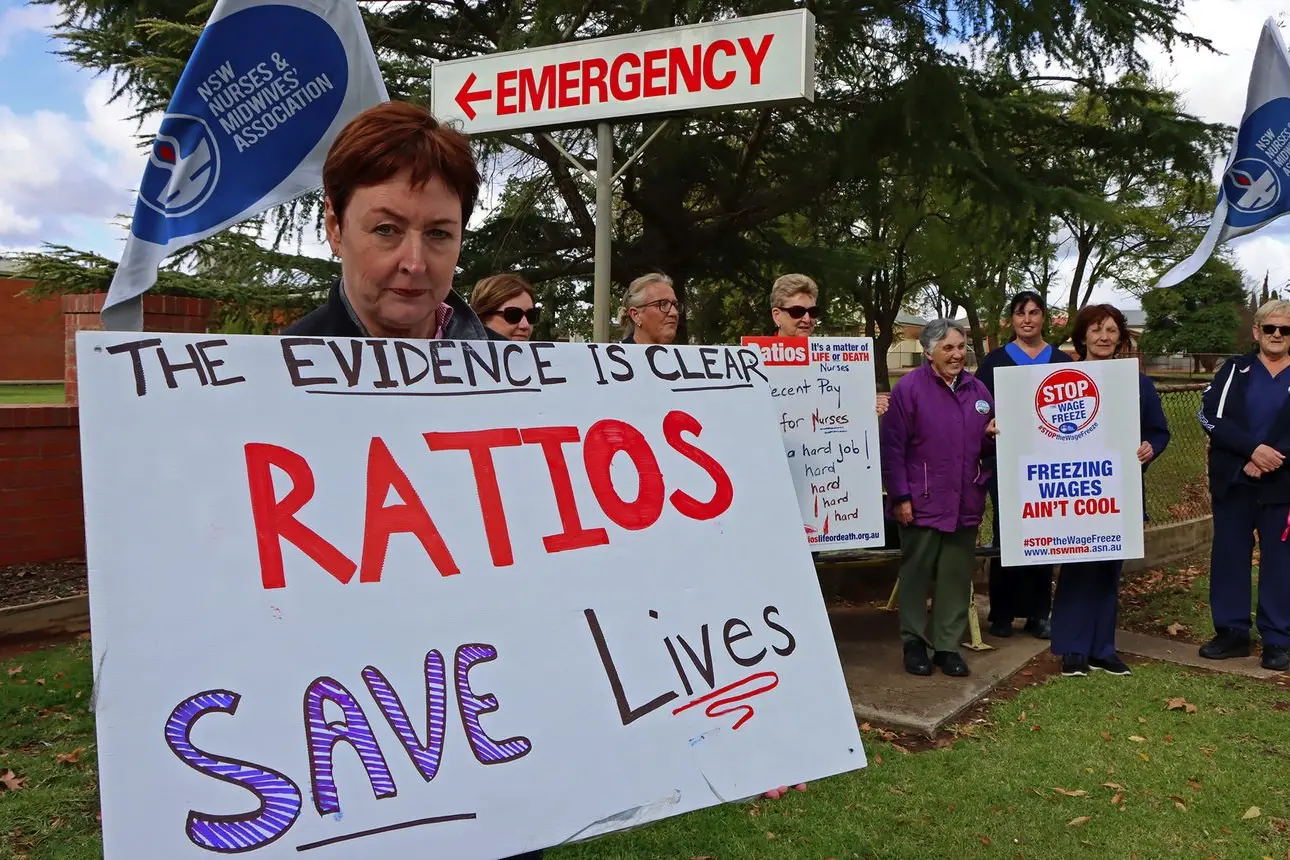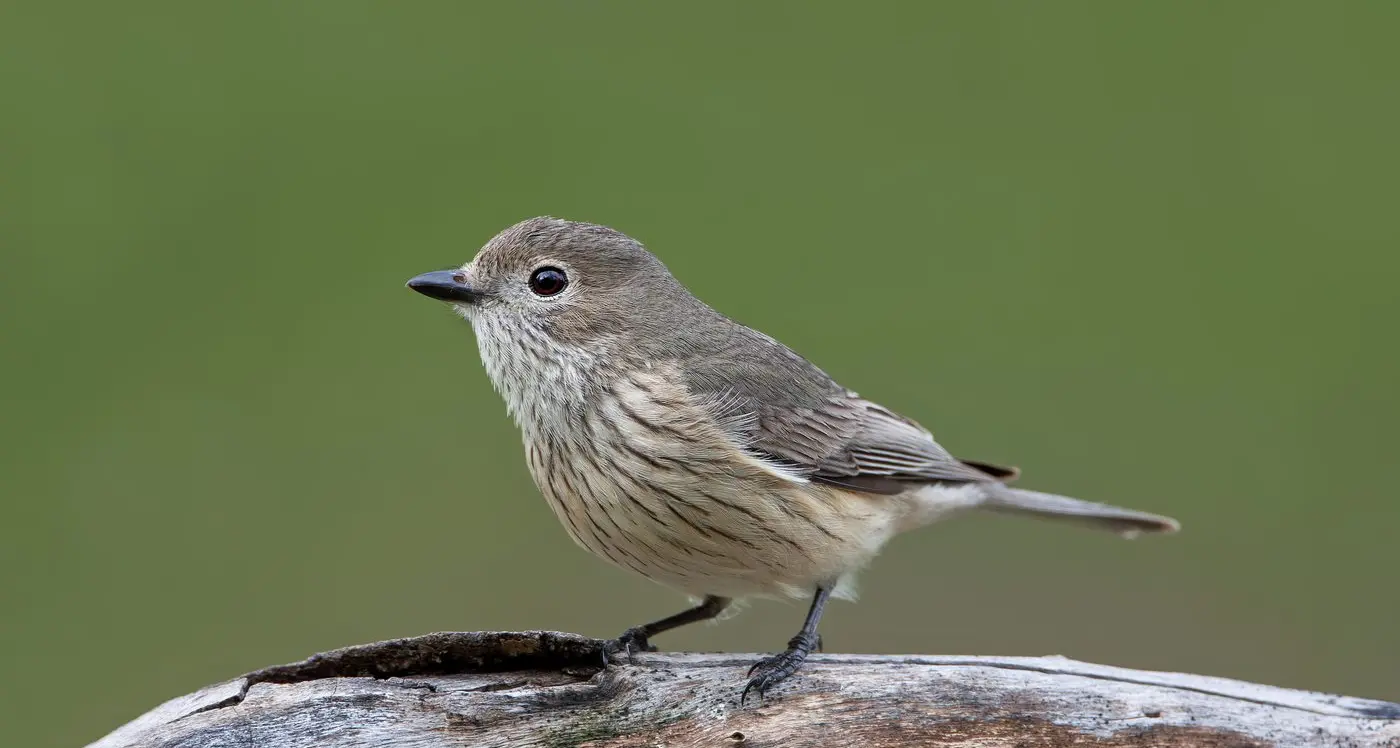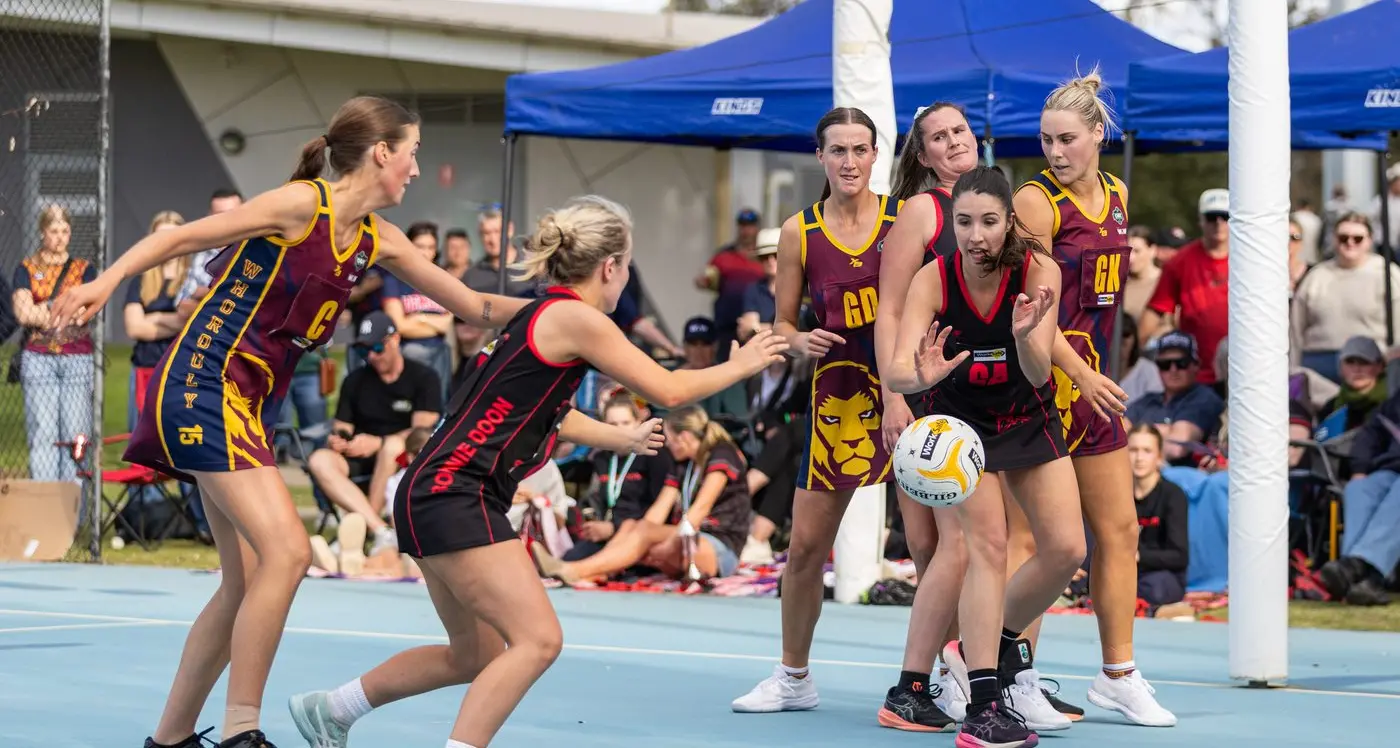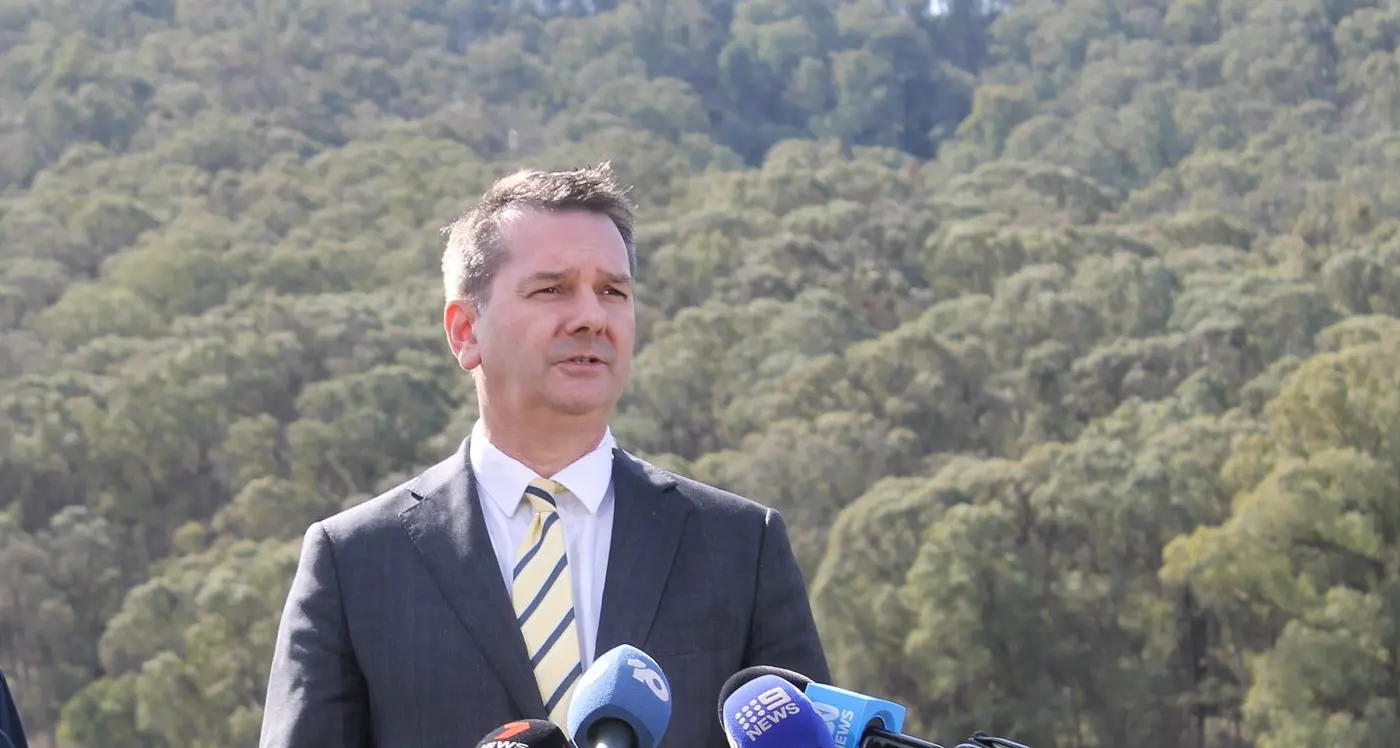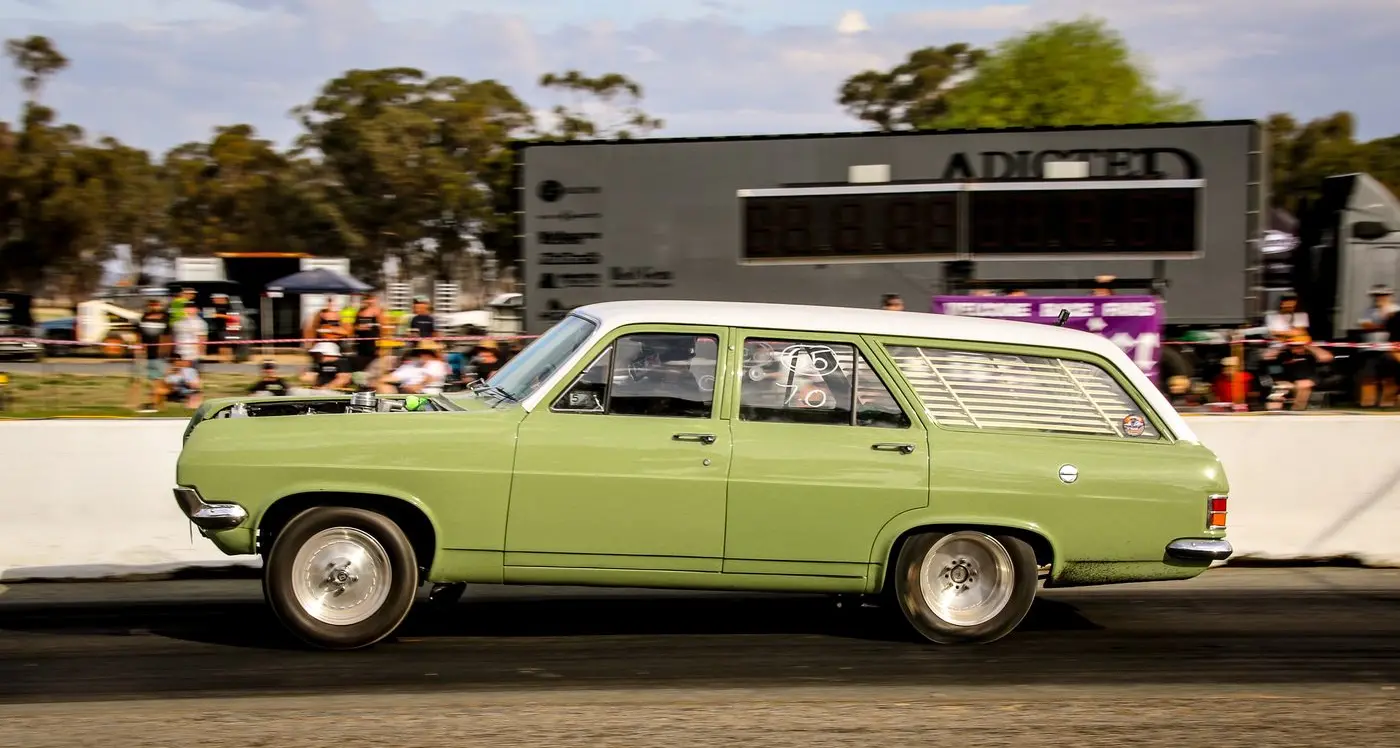PHOTO
Nurses and midwives picketed Leeton Hospital last week, angered by the NSW Government’s refusal to prioritise safe staffing in public hospitals.
The government has rejected calls by members of the NSW Nurses and Midwives Association to introduce nurse-to-patient ratios like Queensland, Victoria and the ACT, and mandate safe patient care.
Association organiser Matthew Doherty said nurses and midwives from Leeton Hospital were frustrated their calls for urgent safe staffing had been ignored again, despite widespread evidence of short staffing.
Mr Doherty said association members voted on a NSW Government pay offer across the state last week.
Of the members who voted, 98 per cent rejected the NSW Government’s proposal.
“More importantly, they are voting, with regards to the current government, treasury and NSW Minister for Health have refused yet again the nurses request for nurse-to-patient ratios,” Mr Doherty said.
“They will claim the equivalent nursing hours are the same – the fact is, it is not.
“Nursing hours look back over the last four weeks whereas actual ratios look forward. It is fixed at one-to-four for the wards, and one-to-three for emergency departments.
“What we are proposing is if there are eight beds open, you have two registered nurses. If the ninth bed is open, there is an extra nurse.
“We are asking on the emergency department and wards there be RN nurse-to-patient ratios.
“This will save money and lives. The Rural Health Inquiry is showing once you get in rural areas, there is an expectation you have to put up with less services.
“You pay the same taxes in Sydney as you do in Leeton and Narrandera so you deserve the same care.”
Mr Doherty said the nurses had been fighting for ratios since 2011 and locally for improved staffing for the past four years.
“There has been attempts at fixing it – the current model doesn’t work for rural communities.
“If you are a new grad or looking at retirement, do you choose to work in NSW where you work harder for less or go to Victoria or Queensland where you have fixed ratios, and you get paid better.”
The NSW Government has offered nurses a 1.29 per cent pay increase which includes 0.25 per cent for superannuation.
Mr Doherty said members were encouraged to reject the pay offer.
Member for Murray Helen Dalton has lent her support to the nurse’s protest.
“I’ve been told that Leeton Hospital is now 11 nurses short and down to just one midwife,” Mrs Dalton said.
“Narrandera Hospital is also losing staff and struggling to replace them.
“Why would you come to rural NSW when you get paid more and have proper staff support in both Victoria and Queensland?
“Neither Leeton nor Narrandera Hospital have a full-time doctor. Nurses often have to do the job of doctors.
“This puts lives at risk and a great strain on our nurses.”
Mrs Dalton said nurses urgently needed a pay boost and for rural hospitals to be properly funded.
“I will hold a public meeting in Leeton to find out more about these issues and organise community action to get better hospital services.”
A NSW Health spokesperson said safe and effective staffing involved more than just numbers of staff, it is about making sure there is the right number of staff in the right place at the right time.
“The current ‘nursing hours per patient day’ system used under the Nurses Award in NSW Health is a far more flexible ratio which enables hospitals to increase staffing, where needed, to ensure safe and effective care,” the spokesperson said.
“Under this framework, the complexity of a hospital and its patients, as well as the professional judgement of nurses and managers is what decides staffing levels.
“It allows for decisions to be made on broader factors such as skill mix and care requirements rather than based solely on patient number.
“For areas where the nursing hours per patient day system does not apply, the Award contains nursing workload principles that support decision making regarding staffing levels.
“The NSW Government is investing in an additional 5000 nurses and midwives over four years under a record $2.8 billion boost to frontline staff, which far exceeds what is needed to deliver the ratios being called for by the nurses’ union.
Between 2012–2020, the NSW Health nursing and midwifery workforce increased by 7,693 full-time equivalent (FTE) staff, or 22.9 per cent, to 49,889 FTE.

